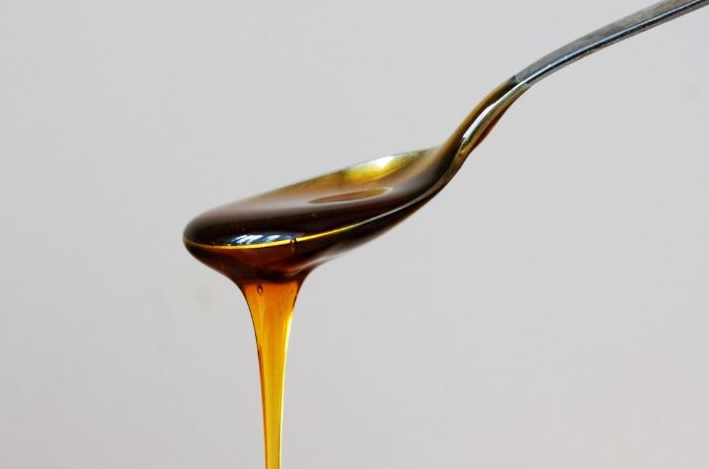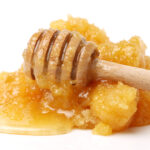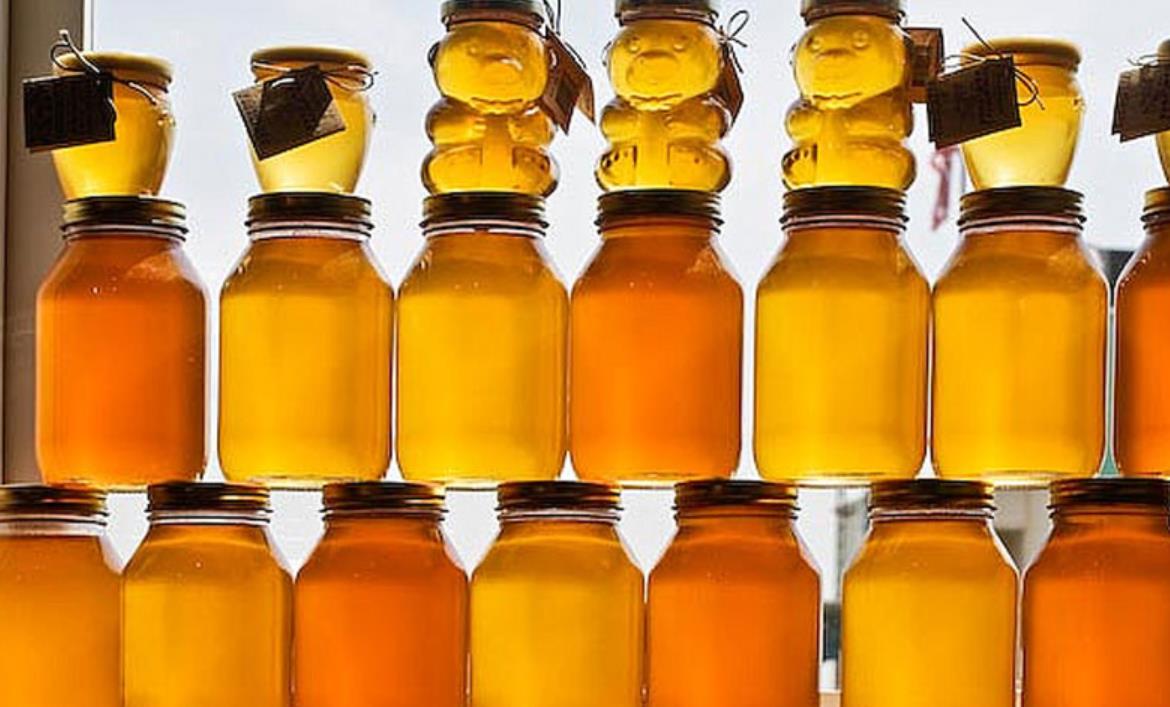
Honey has been cherished for centuries not only for its delightful taste but also for its numerous health benefits, which are largely attributed to its rich content of enzymes and other bioactive compounds. These enzymes, including diastase, invertase, and glucose oxidase, play a crucial role in breaking down sugars and generating antibacterial components. A common question among consumers is whether the practice of using a metal spoon to scoop honey could potentially harm these beneficial enzymes, thus diminishing the honey’s nutritional value.
The concern primarily stems from the interaction between the metal and the delicate compounds within honey. Enzymes are sensitive to environmental conditions such as pH, temperature, and indeed, the presence of certain metals. This article aims to delve into the scientific basis of these concerns, exploring whether a metal spoon truly poses a risk to the integrity of honey’s enzymes and what alternatives might offer a safer way to enjoy this natural sweetener.
Table of Contents
Impact of Metal on Honey Enzymes
Research on Metal Interaction with Enzymatic Activity in Honey
Various studies have investigated how metal utensils, including spoons made of stainless steel or other metals, interact with the enzymes present in honey. These enzymes are sensitive to oxidative damage, which can be accelerated by the presence of metals. However, it’s important to note that the type of metal and the duration of contact significantly influence the extent of any potential enzyme degradation. For instance, stainless steel, commonly used in kitchenware, is relatively inert and less likely to react with honey compared to other metals like copper or aluminum.
Practical Tips for Preserving Enzymes in Honey
For those looking to preserve the maximum enzymatic activity in honey, practical steps can be taken to minimize any negative impact. Using utensils made of less reactive materials, such as wood or plastic, can be a better choice. Additionally, storing honey in glass or ceramic containers rather than metal ones can further reduce any risk of interaction that might lead to enzyme degradation.
Alternative Methods for Handling Honey
The Benefits of Wooden and Plastic Utensils
When considering alternatives to metal spoons, wooden and plastic utensils emerge as favorable options. Both materials do not react with the enzymes in honey, thus helping to maintain its quality and health benefits. Wooden spoons, in particular, have been used traditionally in many cultures specifically for handling honey, not only due to their non-reactive nature but also for their environmental friendliness and aesthetic appeal.
Best Practices for Honey Storage and Use
Beyond the choice of utensil, proper storage and handling of honey can further ensure that its beneficial properties are preserved. Honey should be stored in a cool, dry place away from direct sunlight. Exposure to high temperatures can degrade enzymes much more significantly than any interaction with metals. Therefore, keeping honey at room temperature or in a cupboard away from heat sources will help maintain its nutritional and medicinal quality.



